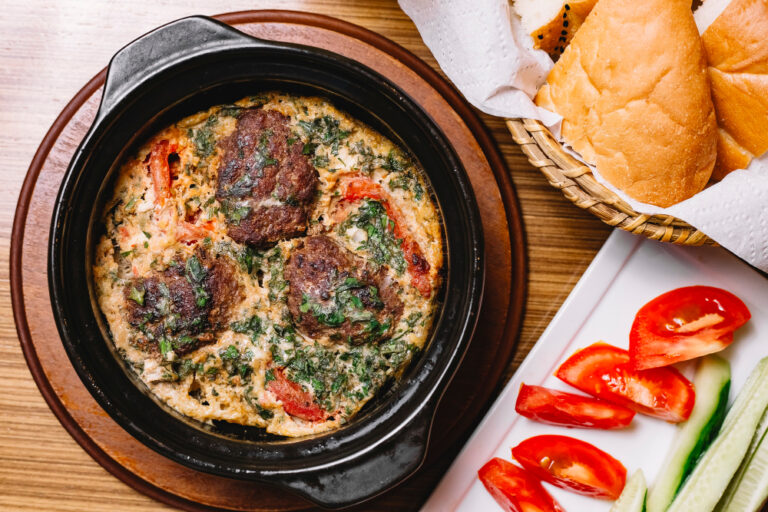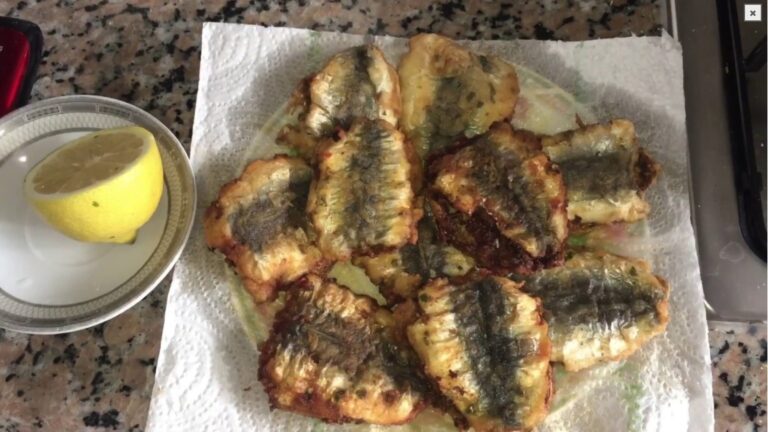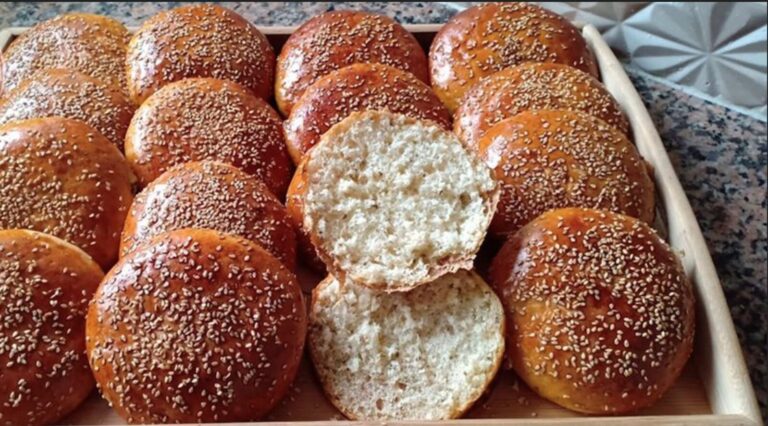
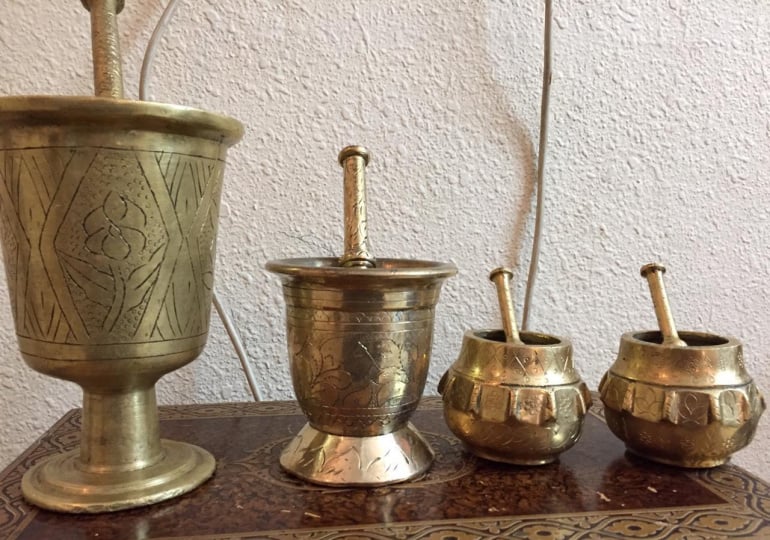
There are few sounds more deeply woven into the soul of Moroccan life than the rhythmic clang of the Mehraz — the traditional mortar and pestle used in homes across the country. From the bustling kitchens of Marrakech to the quiet mountain villages of the Atlas, the sound of the Mehraz is more than a daily ritual; it is music that connects generations.
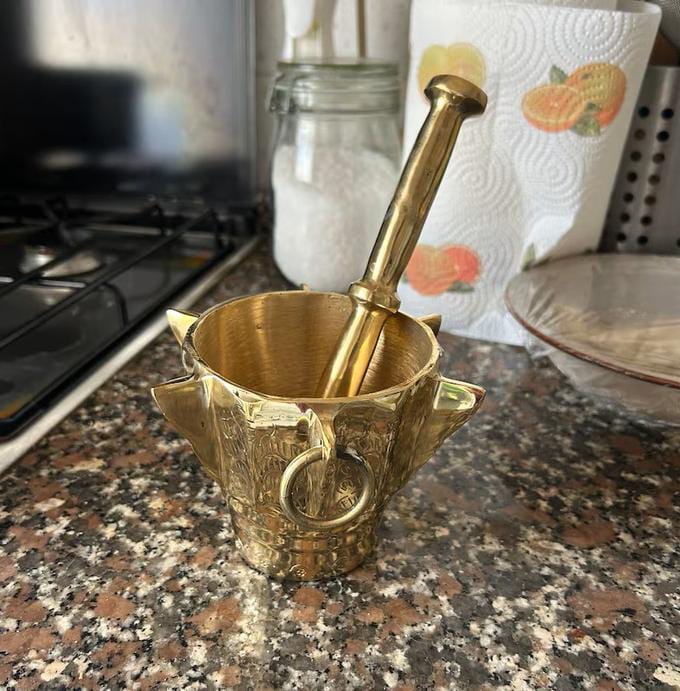
In this article, The Timeless Rhythm of the Moroccan Mehraz, we’ll explore how this simple yet powerful tool reflects Morocco’s identity, artistry, and enduring traditions. Travelers in Morocco often hear its echo in kitchens, spice shops, and local markets — a sound that tells the story of Morocco’s past and present.
The Moroccan Mehraz: An Icon of Everyday Life
The Moroccan Mehraz (or mahraz, also written mehraz) is a mortar and pestle traditionally made of brass, bronze, or stone. It is used to grind spices, herbs, and sometimes even coffee or sugar. But in Moroccan culture, it’s far more than just a kitchen utensil — it’s a symbol of craftsmanship and community.
The process of grinding spices in the Mehraz creates a distinctive sound, a rhythmic clang that echoes through courtyards and kitchens. It’s a sound of life — the signal that a meal, conversation, or celebration is about to begin.
Moroccan artisans (maalmin) often handcraft each Mehraz using centuries-old metalworking techniques passed down through families. Each piece, with its weight, texture, and ornamentation, reflects the region where it was made — Fez, Marrakech, or Tiznit — and the personality of its maker.
To understand the Mehraz is to understand Morocco itself: practical, beautiful, rhythmic, and timeless.
(Read more about Moroccan culture and Morocco’s traditional crafts on Wikipedia.)
The Sound of Morocco: From Kitchens to Courtyards
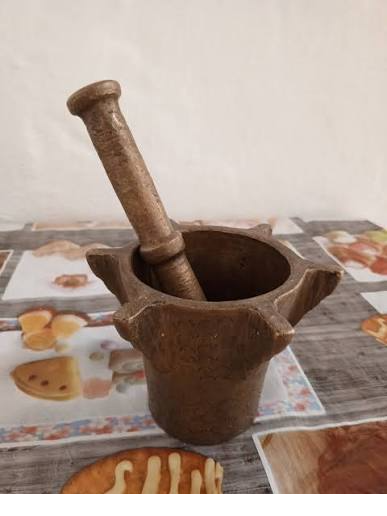
A Culinary Rhythm
In Moroccan homes, mornings often begin with the metallic ting-ting of the Mehraz as someone prepares fresh spices for tea, tagine, or couscous. The tool’s purpose goes beyond cooking — it’s part of a ritual of freshness and flavor.
Moroccan cooks rarely rely on pre-ground spices. Instead, they crush cumin, coriander, pepper, or cloves by hand, unlocking richer aromas and connecting to a practice that’s been alive for centuries.
The Mehraz is also used during special occasions, such as weddings or Eid celebrations, where families gather to prepare elaborate dishes. Its sound joins the laughter, music, and conversation — a natural rhythm that fills Moroccan homes with warmth and unity.
A Cultural Symbol
In many regions, the Mehraz holds symbolic meaning. It represents strength and endurance — qualities admired in Moroccan society. In some traditions, the Mehraz even plays a role in celebrations, used to make rhythmic sounds alongside drums and clapping during women’s gatherings.
Its presence in the Moroccan home reflects respect for tradition, craftsmanship, and family bonds. Even as modern blenders and grinders take their place, the Mehraz remains treasured, passed down through generations as an heirloom.
Where to Discover the Moroccan Mehraz
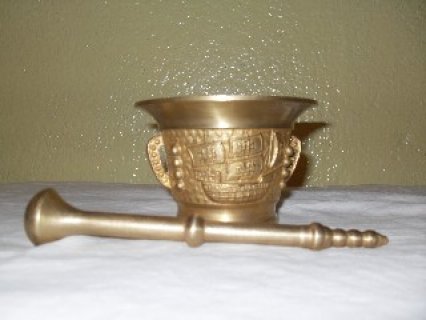
Fez – The City of Artisans
Fez, Morocco’s spiritual and craft capital, is home to some of the finest metalworkers in the country. In the medina, you can visit workshops where artisans hammer Mehraz mortars by hand, shaping brass into gleaming, durable forms.
A stroll through the Souk el Henna or Seffarine Square offers travelers a sensory journey: sparks flying from metal, the smell of oil and brass, and the rhythmic clink of tools — not unlike the Mehraz itself.
Marrakech – Tradition in the Red City
In Marrakech’s souks, the Mehraz takes on many styles — from small household versions to ornate pieces used for decoration. The city’s markets, especially around Jemaa el-Fna, offer a glimpse of Morocco’s artistic diversity.
Travelers can even find antique Mehraze (plural of Mehraz) engraved with Arabic calligraphy, floral motifs, or Berber symbols — each telling a silent story of Morocco’s heritage.
Rural Morocco – A Living Tradition
Outside the cities, in small towns and villages, the Mehraz is still an everyday necessity. You’ll find it in mountain homes, where it’s used to grind dried herbs or prepare traditional medicines. The sound of the Mehraz in these quiet places feels like the heartbeat of Morocco — steady, strong, and full of history.
Travel Tips and Cultural Insights
- Listen before you see: In Moroccan medinas, you’ll often hear the rhythmic clink of a Mehraz long before you spot it in a shop. Follow the sound — it’s an authentic experience.
- Buy from local artisans: If you wish to take one home, visit handicraft cooperatives or artisan souks rather than tourist stalls. These support traditional craftspeople.
- Perfect souvenir: A small brass Mehraz makes a meaningful keepsake — both beautiful and functional.
- Ask for the story: Many artisans are happy to share how they make each piece and what designs symbolize in Moroccan culture.
- Mind the weight: Mehraz mortars are heavy! If you’re traveling by plane, consider a smaller decorative version.
Real-World Traveler Stories
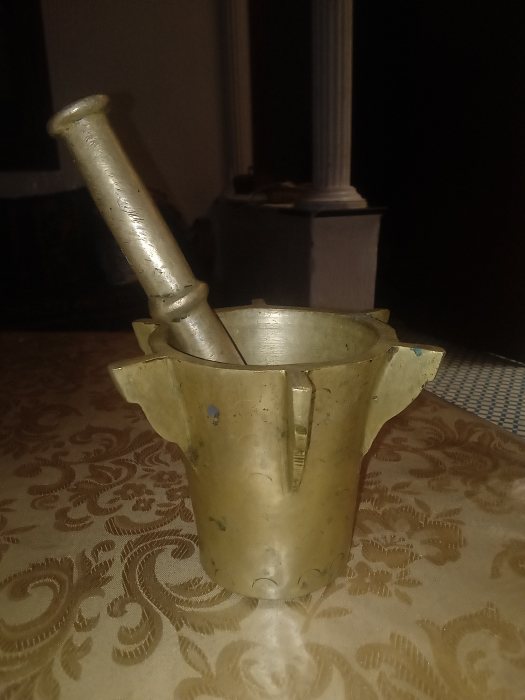
“The Sound of Fez”
Sophie, a traveler from France, recalls wandering through the medina of Fez and hearing an unfamiliar sound echoing between narrow alleys.
“I followed the metallic rhythm until I found an old man hammering brass to make a Mehraz. He smiled and let me try one — the sound was powerful, like history speaking.”
Her experience shows how the Mehraz is more than an object — it’s a living connection to Morocco’s soul.
“A Kitchen Memory in Marrakech”
Amir, a visitor from Dubai, stayed in a riad where the cook prepared tagine every evening.
“Every morning, she used the Mehraz to crush spices. The sound became my alarm — a reminder that Moroccan life begins with rhythm and ends with flavor.”
These moments reveal how the Mehraz captures Morocco’s unique blend of art, sound, and hospitality.
The Future of the Moroccan Mehraz
Despite modernization, the Mehraz continues to thrive as a cultural and artistic symbol. In recent years, Moroccan designers and chefs have revived its use, featuring it in cooking shows, restaurants, and exhibitions celebrating heritage.
You’ll even find Mehraze displayed in museums of Moroccan art and craftsmanship, such as the Dar Batha Museum in Fez, where visitors can appreciate how traditional tools embody the beauty of Moroccan daily life.
The Mehraz has also inspired contemporary artisans to create fusion designs — combining old brass forms with modern engraving styles, ensuring this heritage piece continues to evolve.
As travelers seek authentic experiences, learning about the Mehraz offers more than cultural knowledge; it’s a window into the rhythm of Moroccan living, where even simple acts like grinding spices carry the weight of centuries.
FAQ – The Timeless Rhythm of the Moroccan Mehraz
What is the Moroccan Mehraz used for?
The Mehraz is a traditional Moroccan mortar and pestle used for grinding spices, herbs, and coffee. It also carries cultural and symbolic importance.
What materials are used to make a Mehraz?
Most Mehraze are made from brass or bronze, though stone versions exist. Each is handcrafted by Moroccan metalworkers.
Where can travelers buy an authentic Mehraz?
You can find them in Fez, Marrakech, and Chefchaouen markets — look for shops selling hand-hammered metal goods.
Is the Mehraz still used in modern Moroccan kitchens?
Yes! While some use electric grinders, many Moroccan families still prefer the traditional Mehraz for its flavor-enhancing and cultural value.
Can I bring a Mehraz home as a souvenir?
Absolutely — smaller ones are easy to pack and make meaningful gifts. Just check weight restrictions for air travel.
Conclusion
The Timeless Rhythm of the Moroccan Mehraz is more than the story of a kitchen tool — it’s a reflection of Morocco’s living traditions. From the clang of metal in Fez’s workshops to the soft echoes of morning cooking in Marrakech, the Mehraz embodies the heart and harmony of Moroccan life.
When you visit Morocco, listen for its rhythm. You’ll hear it not only in music or markets, but in the humble Mehraz — a sound that tells the story of a nation shaped by art, flavor, and timeless craftsmanship.
–Plan your Moroccan journey today. Explore artisan souks, meet the makers, and take home a piece of Morocco’s rhythm — one that continues to beat across generations.

